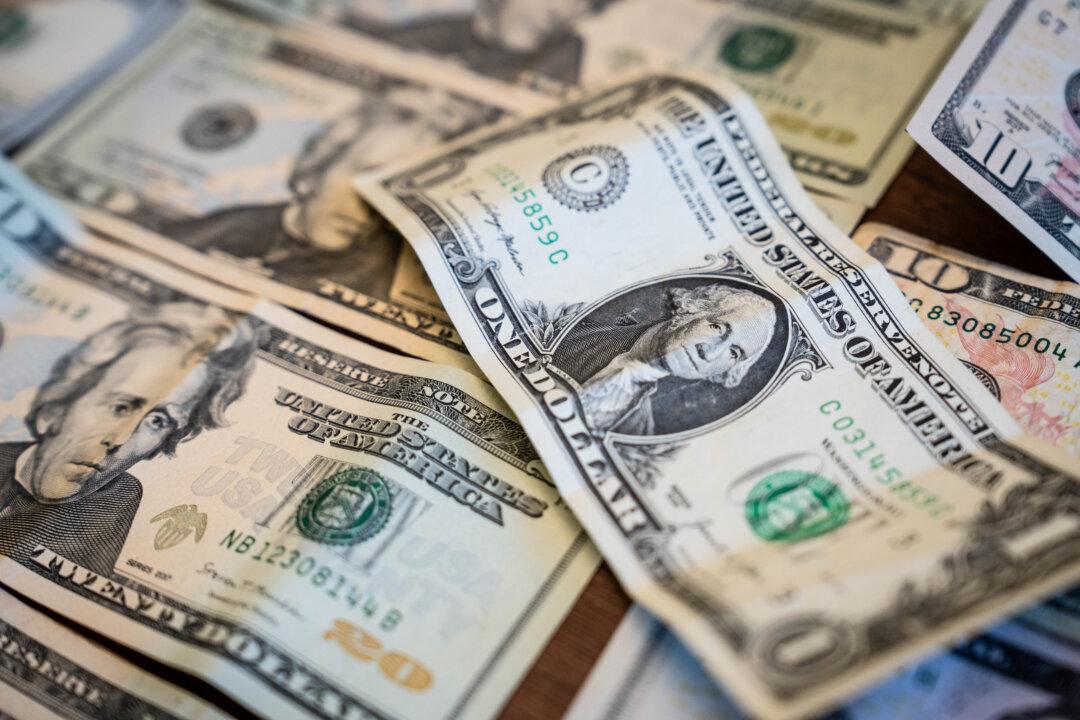Retail sales unexpectedly rose by 0.3 percent in August, topping the market estimate of zero percent growth, according to the U.S. Census Bureau’s advance estimates (pdf). This is up from the downward revised 0.4 percent drop in July, which was the first decline in seven months.
In total, consumers spent $683.3 billion, up by 9.1 percent from August 2021. This reflected that consumers are paying higher prices for goods and services. At the same time, the savings may have been accrued from lower gasoline prices as gasoline station sales tumbled by 4.2 percent. This potentially enabled shoppers to spend more on building materials and garden equipment (1.1 percent), general merchandise stores (0.5 percent), and apparel (0.4 percent).





